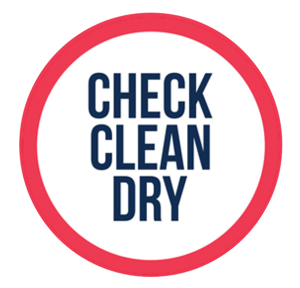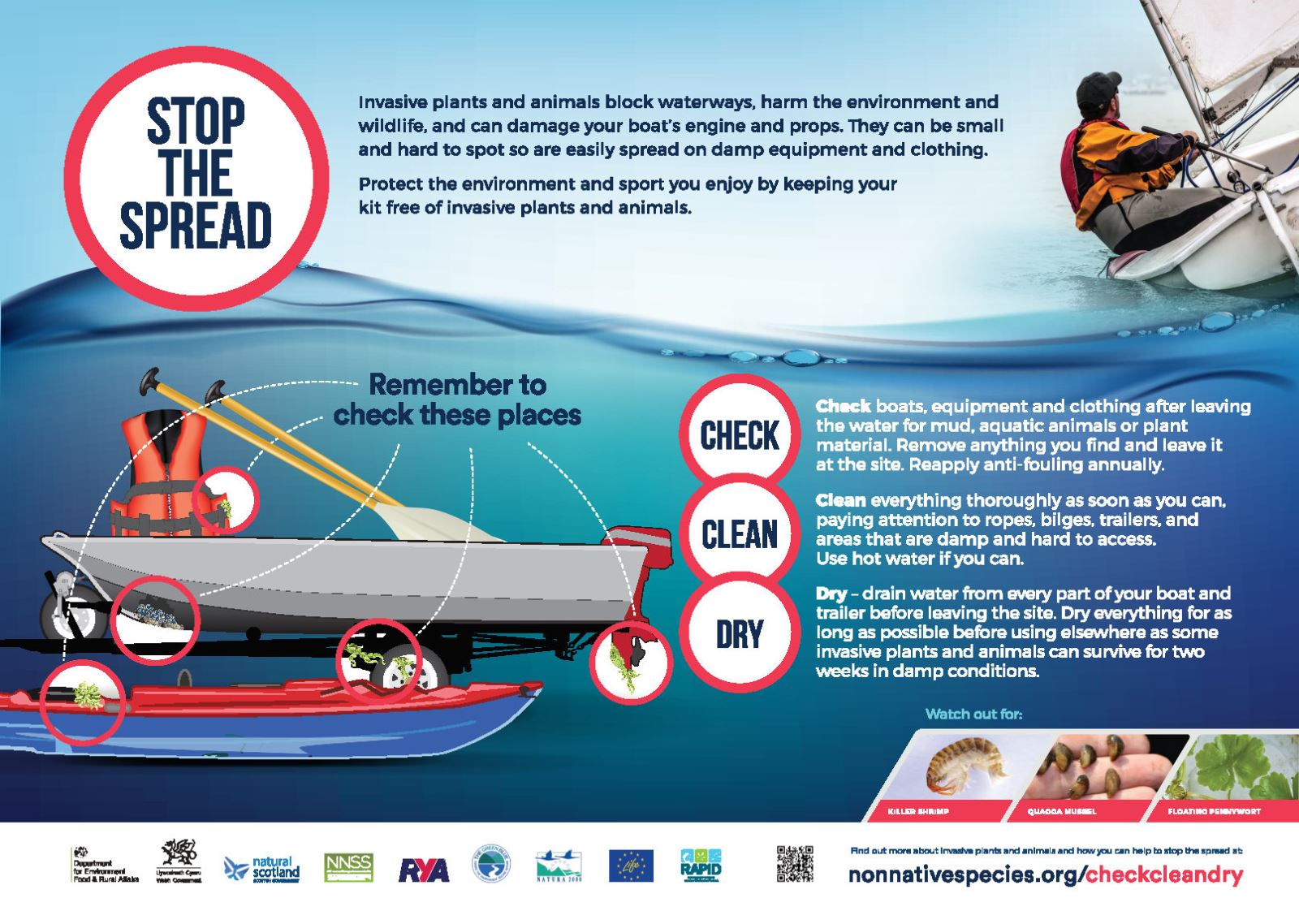weymouth harbour biosecurity 
Weymouth is a popular base for a variety of water-based activities such as sailing, angling, diving, paddle sports and motor boating. The majority of these activities are carried out by commercial and leisure berth holders within Weymouth Harbour, along with sailing/motor boat visitors transiting either as a destination visit or as a stopover to France or the Channel Islands.
Protecting the native marine life in our sea and coastal areas is important, it not only impacts on leisure users enjoyment of the area but also the livelihood of those working with and connected to the sea.
Non-Native Invasive Species
Invasive species can be a concern in harbours generally due to the high concentration of boats and sheltered environments they provide. By being biosecurity aware we can try to minimise the introduction and spread of invasive non-native species and hopefully prevent them from becoming established.
The Marine Biological Association visited Weymouth harbour last year, as part of a comprehensive survey for marine non-native species (NNS) around England and Wales. The results have been collated in this site report containing a list of the NNS found, including a comparison with those from our previous survey in 2014-2016.
As well as the guidance below which all harbour users can follow you can also read the Biosecurity Plan for Weymouth Harbour.
Check - Clean -Dry
Check
After leaving the water, Check your boat, equipment and clothing for mud, aquatic animals or plant material. Remove anything you find and leave at the site.
Clean
Clean everything thoroughly (with hot water if possible). Pay close attention to areas that are damp or hard to reach.
Dry
Before you use your boat, equipment or clothing elsewhere Dry everything - some NNIS can survive for over 2wks.










